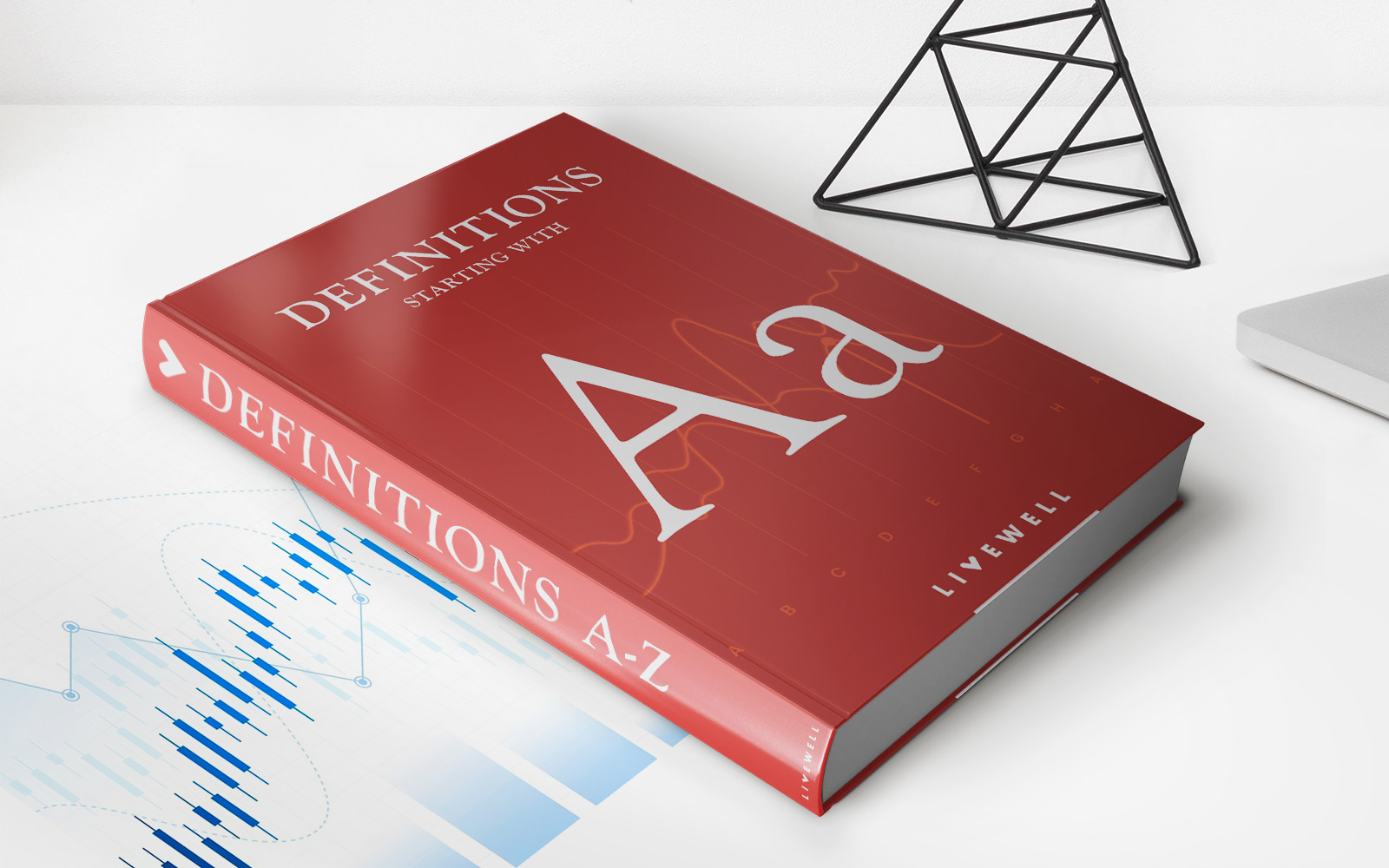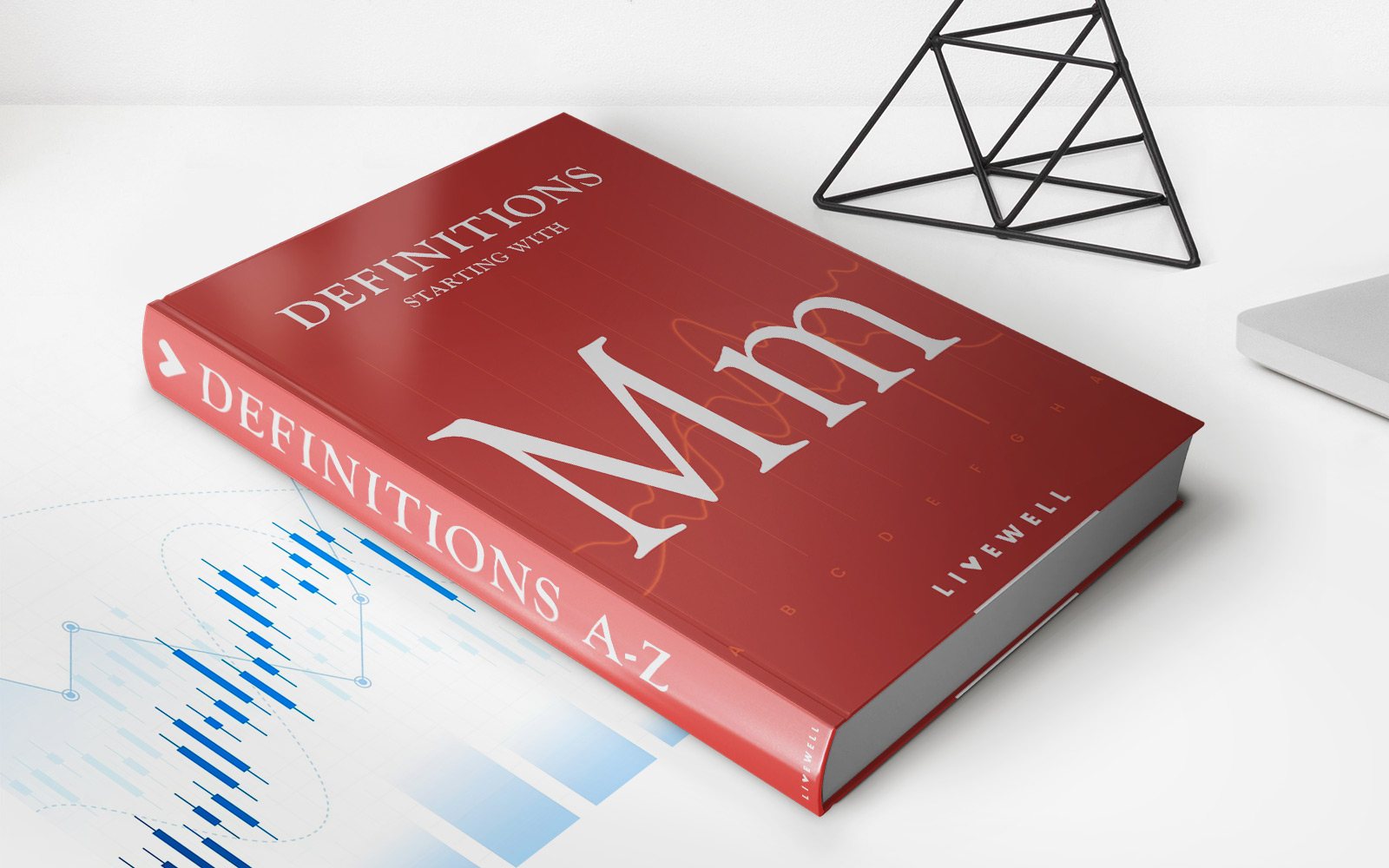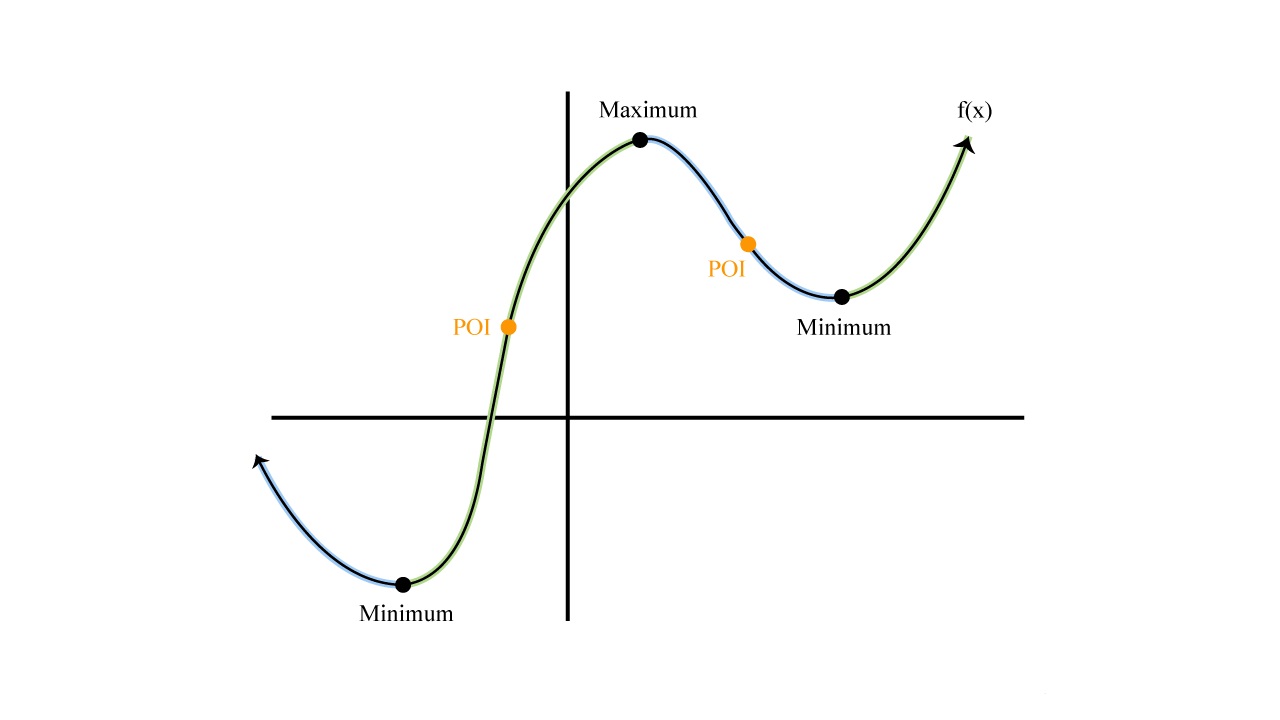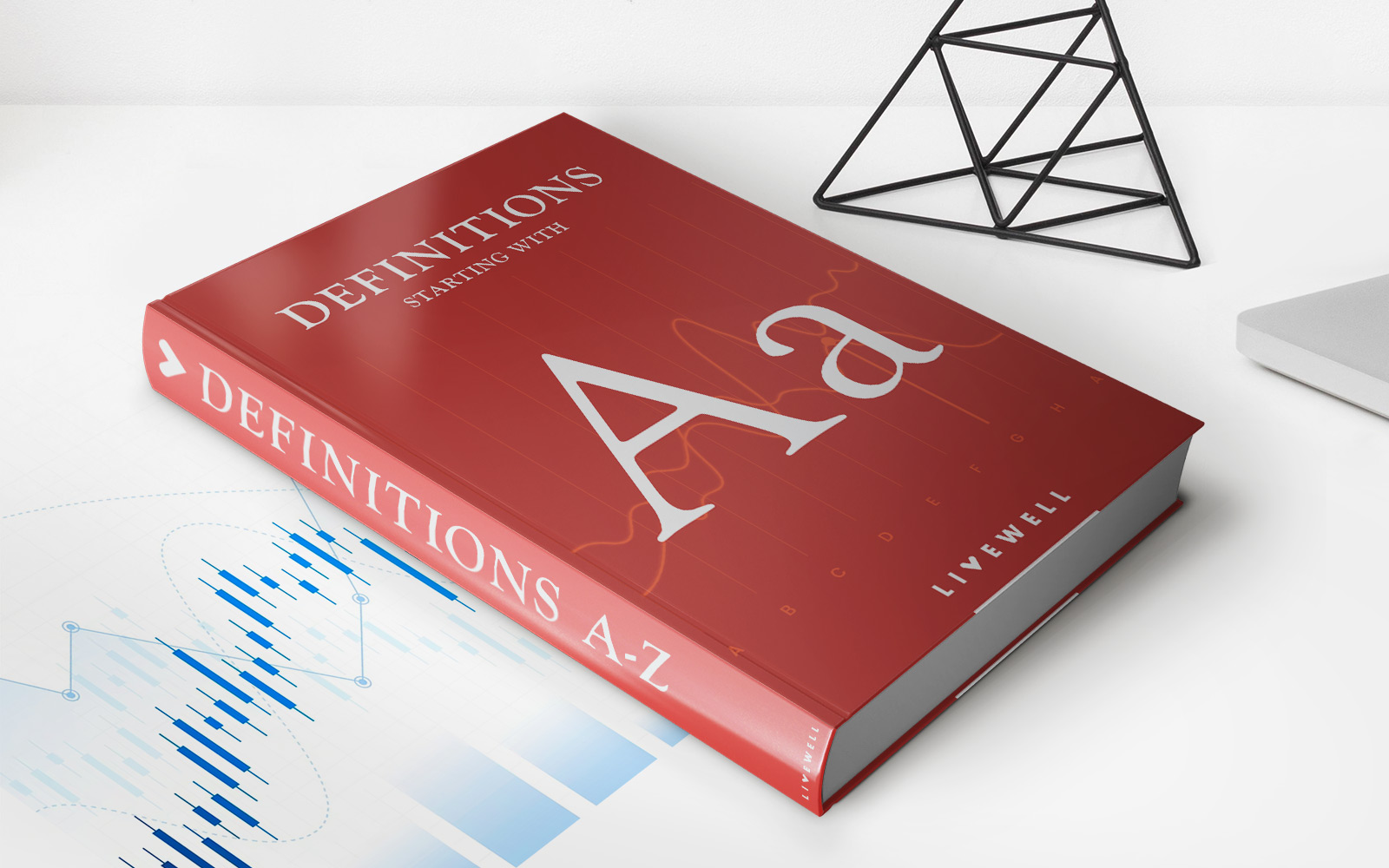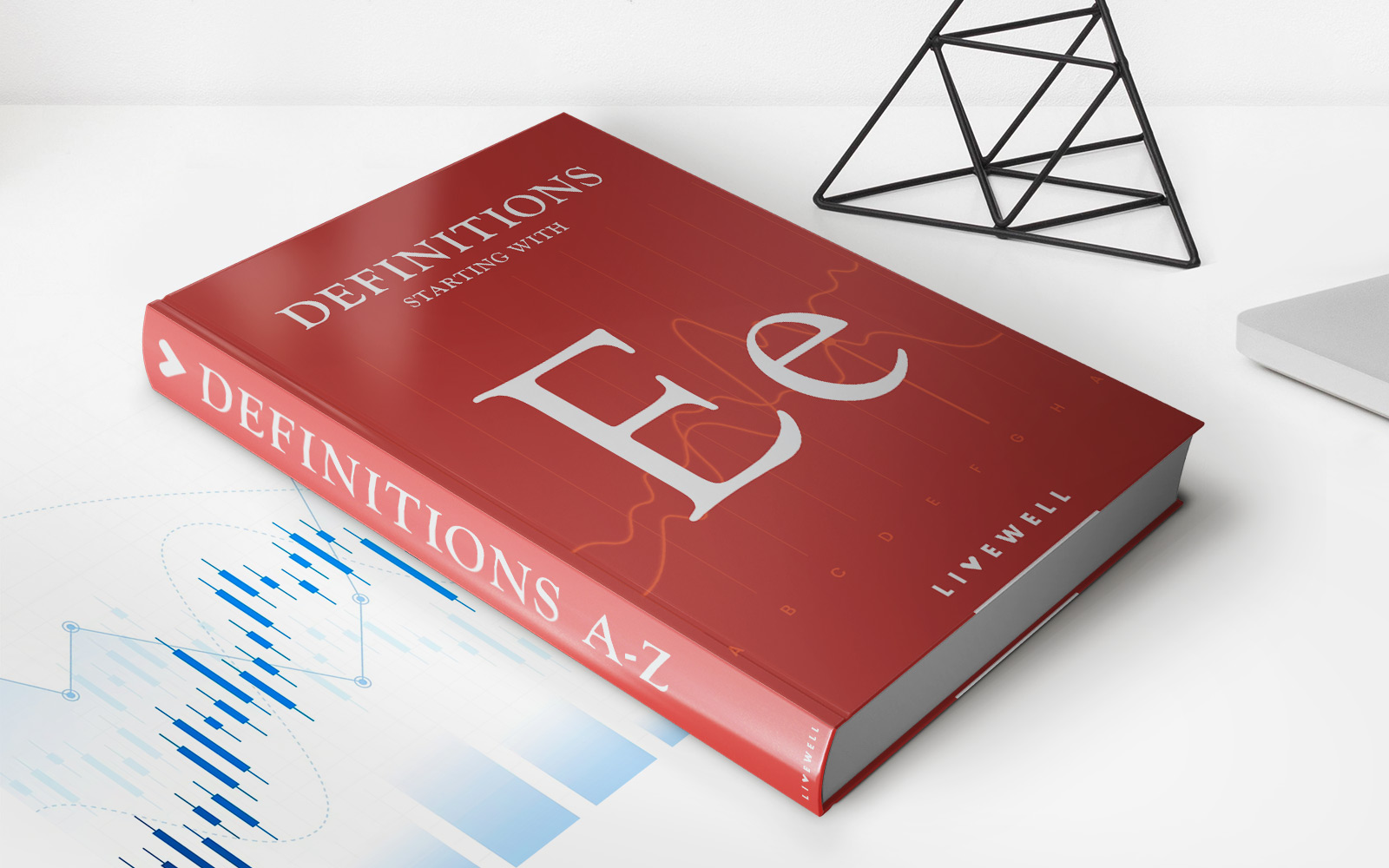Home>Finance>Underlying Asset (Derivatives)-Definition, How It Works, Examples


Finance
Underlying Asset (Derivatives)-Definition, How It Works, Examples
Published: February 13, 2024
Discover the definition, workings, and examples of underlying assets in derivatives, exploring their role in finance. Enhance your understanding of finance with this comprehensive guide.
(Many of the links in this article redirect to a specific reviewed product. Your purchase of these products through affiliate links helps to generate commission for LiveWell, at no extra cost. Learn more)
Underlying Asset (Derivatives): Definition, How It Works, Examples
When it comes to understanding the world of finance, there are several key concepts that are crucial to grasp. One of these concepts is the concept of an underlying asset in the context of derivatives. In this blog post, we will delve into what an underlying asset is, how it works, and provide some real-life examples to help you understand this important financial concept.
Key Takeaways:
- An underlying asset is the financial instrument on which a derivative contract is based.
- Derivatives are financial contracts whose value is derived from an underlying asset.
What is an Underlying Asset?
An underlying asset, in the realm of derivatives, is the financial instrument upon which a derivative contract is based. Derivatives themselves are financial contracts whose value is derived from this underlying asset. It could be any type of asset, such as a stock, bond, currency, commodity, or market index. The value of the derivative is directly linked to the fluctuations in the value of this underlying asset.
How Does an Underlying Asset Work in Derivatives?
Understanding how an underlying asset works in derivatives requires a basic understanding of how derivatives themselves function. Derivatives are essentially contracts between two parties that derive value from the performance of an underlying asset.
Let’s take a closer look at how this works:
- A derivative contract is created, specifying the terms and conditions, including the underlying asset.
- The value of the derivative is determined by the price movements or performance of the underlying asset.
- Investors can buy or sell these derivatives to take advantage of anticipated price changes in the underlying asset.
- The performance of the derivative contract, in terms of profit or loss, is based on the fluctuations in the value of the underlying asset.
- At maturity, the value of the derivative is settled, which may involve the exchange of cash or physical delivery of the underlying asset.
By utilizing derivatives, investors and traders can manage their risk exposure, hedge against potential losses, or speculate on future price movements of the underlying asset, all without the need to directly own the asset itself.
Examples of Underlying Assets
To further illustrate the concept of underlying assets, let’s look at a few examples:
- Stocks: The underlying asset in a stock option is the shares of a particular company. For example, if you have a call option on Company XYZ stock, the underlying asset would be the XYZ stock.
- Bonds: In the case of bond futures, the underlying asset would be specific bonds issued by a government or company.
- Currencies: Foreign exchange options have the underlying asset of currencies. For instance, the underlying asset in a currency option for the euro to US dollar exchange rate would be the euro.
- Commodities: In commodity futures contracts, the underlying asset can be a physical commodity like gold, oil, or wheat.
These examples highlight how different types of underlying assets can be used in various derivative contracts to suit specific investment strategies or risk management objectives.
Conclusion
An understanding of underlying assets is fundamental in comprehending the world of derivatives. By recognizing that the value of a derivative is dependent on the performance of an underlying asset, investors can engage in a wide range of financial activities, from hedging against potential losses to speculating on future price movements, all without directly owning the asset itself.
As you delve deeper into the world of finance, remember to familiarize yourself with the concept of underlying assets, as it will undoubtedly play a significant role in your understanding of derivatives and their applications.
